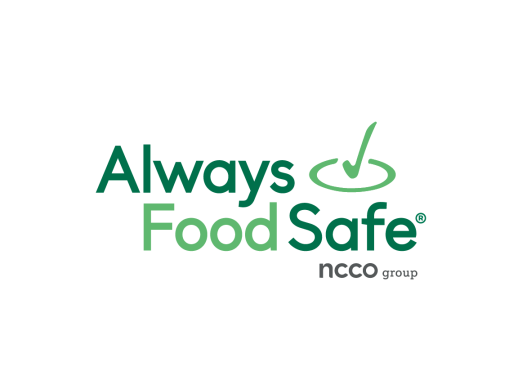Personal hygiene is an important element of food safety, and handwashing might just be the most essential step. Handwashing prevents you from getting sick, and also from passing on sickness, such as a foodborne illness.
Even though handwashing is an important step in preventing the spread of foodborne illnesses, a study by the USDA found that 97% of consumers are not properly washing their hands in the kitchen, which in turn leads to bacteria being transferred to other surfaces in the kitchen through cross-contamination.

 English
English
 Spanish
Spanish
